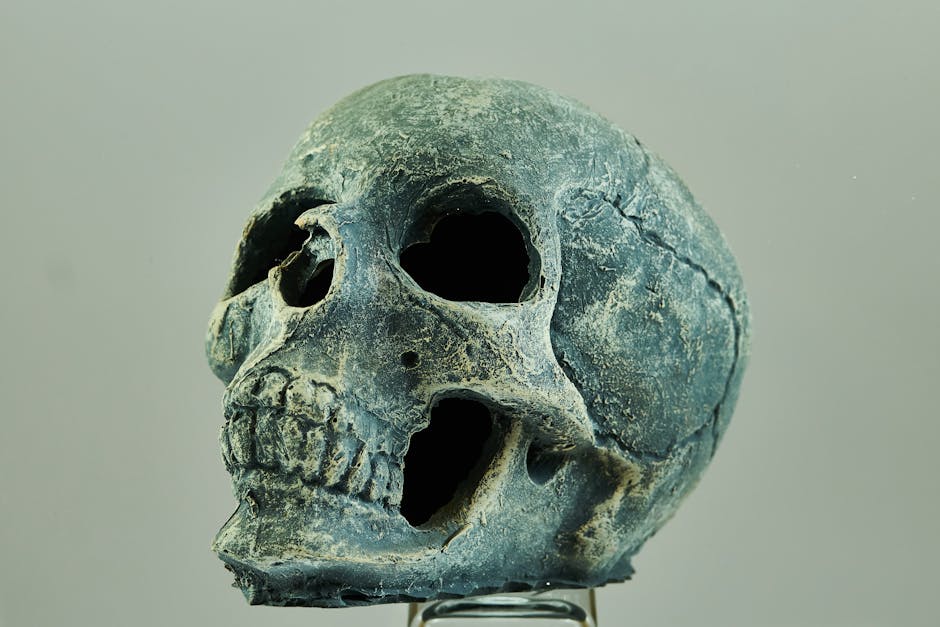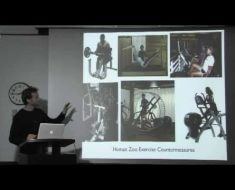Cruciate Ligament
A synovial joint is a connection between two bones together with a cartilage lined cavity stuffed with fluid, which is referred to as a diarthrosis joint. Diarthrosis joints are the most flexible sort of joint between bones, seeing that the bones should not bodily related and might transfer more freely in the case of every other sch as cruciate ligament.

This one is on the lateral part so it can be called the lateral collateral ligament k, and they will stabilize the knee on this coronal airplane. Good enough, so it can be preventing lateral movement. You’ll find what would happen if one among them breaks, so if this one had been to be damaged in an injury what’s going to occur now is this will likely be allowed the tibia will likely be allowed to deviate a lateral side like that so this is stabilizing the joint in that unique plane. There are an additional set of ligaments the pass by means of this space ok now the phrase for these joints that the synovial phase comes in here correct right here that is the synovial cavity. That and there’s fluid produced with the aid of a membrane that traces this cavity has excessive viscosity it appears type of like egg white that’s where it received its title synovial like i’ll like an oval, like an egg like an egg white and that is what lines this cavity its fluid helps lubricate this exact joint.
Additionally we can see here that there are another all constructions within your little pieces of cartilage that helps desk a joint they are called menisci or similar be a meniscus so there is a lateral meniscus right here a little bit piece of cartilage types slightly well for these bones to experience in then become stabilized after which there may be an additional one on the medial facet. Ok. Now, in case you flip this then and appear at the knee joint from a lateral view you see that some other fundamental ligaments are crossing proper via the synovial cavity so we’re watching at this joint like that. These matters are known as cruciate ligaments seeing that they pass. They form a move when you appear at them from the lateral facet and are what these things do is they restrict displacement of the tibia relative there within the anterior posterior course proper so they are representing this style of movement of the tibia relative to the femur and should you harm this kind of things what occurs let’s have a look at if we harm this crimson one and almost always hold the green one intact however you see what happens here we’ve got a ligament disconnecting about this bone to the to the following.
Now most effective the golf green one is present. K we’re first-rate as far as anterior displacement of the tibia right as pulling on it will not let me pull it out but unwell let me move it all of the way again like that so it should let me push it again. So clinically this will be referred to as the posterior drawer sign like you are pushing a drawer to the posterior side it can be an indication of injury then to that detailed cruciate ligament okay and that designated cruciate ligament is known as the posterior cruciate ligament that I just broken right here so let’s put that one back in however this one’s posterior and that prevents displacement of the tibia in to the posterior course so with that one it prevents that kind of moment is blocked if you happen to damage it posterior drawer signal however intact no confident drawer signal. Okay let’s damage this other one now and notice what happens so will injury the fairway one it can be now the posterior is undamaged damage the fairway one and you will discover what occurs had been excellent for displacement to the posterior facet through stabilizing in that direction but I could pull this thing the entire way out, so it is like I’m pulling out a drawer.
It’s known as the anterior drawer signal clinically and shows that there may be damage to the golf green ligament that is called the anterior cruciate ligament. If you’re trying to determine now which one’s anterior which one’s posterior, suppose of the place they attach on the tibia. You can find the anterior attaches to the anterior element of the tibia the posterior attaches to the posterior component of the tibia. So this makes for the being ready to recollect the names. Do not forget where they contact the tibia, on account that that’s what they’re named for: anterior and posterior cruciate ligaments. So this is just a common overview of the joints and i hoped you discovered some thing..





